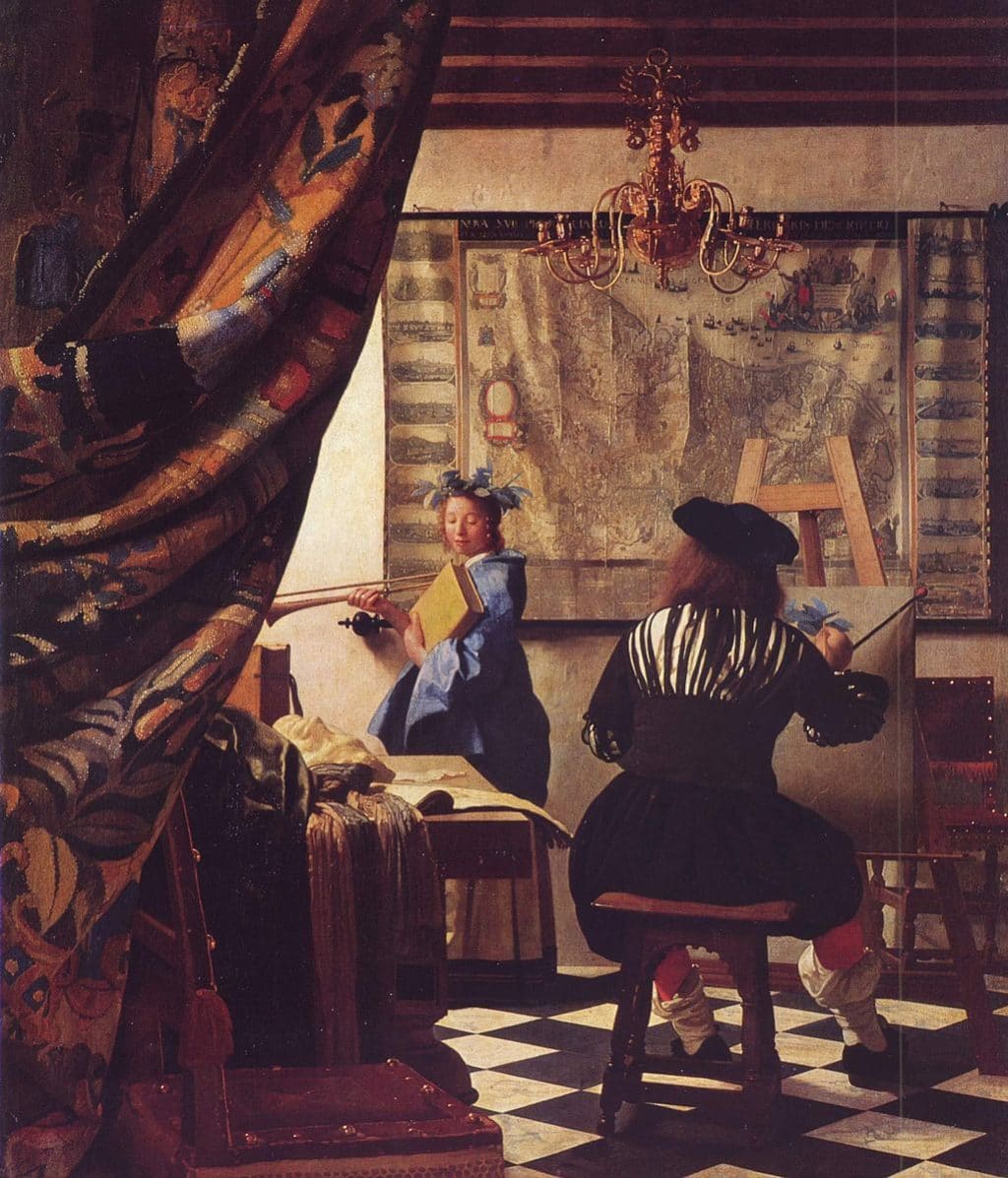
“How to be happy?” is a most important question. It is a question hidden in every decision we make, from what we consume, to how we do relationships, to spiritual practices of any kind. We usually do not choose to be unhappy, even though that is often our state of being.
The technology of being happy has two parts. One part is rational, observable science and the other is creative and imaginal. The Art.
Define happiness: Here I will define happiness as a state of well-being. Well-being includes three fundamental parts: body, mind and spirit. The health of an individual is based on the health of these three relationships. This basic observation has been in the Alchemy of the West and the East for thousands of years. We need to apply this technology in the present world for obvious reasons.
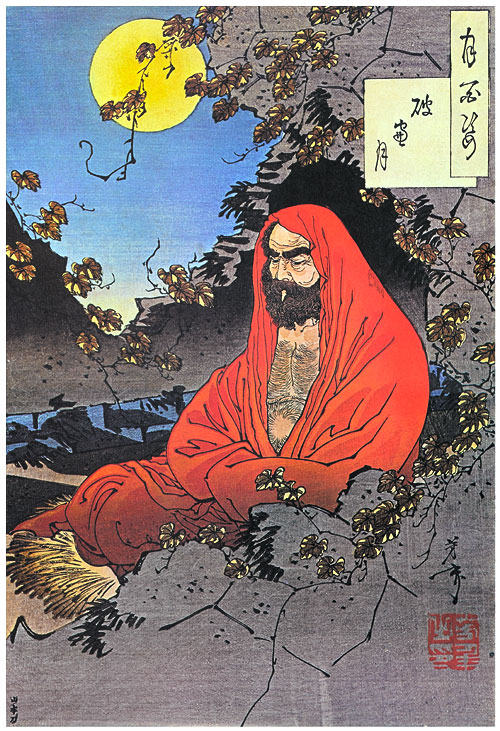 “How to become happy in life?” is like a zen koan. A koan is a question that we ask ourselves over and over to refine the art and science of being happy. What is happiness? It is more than chocolate ice cream, even though that is part of it.
“How to become happy in life?” is like a zen koan. A koan is a question that we ask ourselves over and over to refine the art and science of being happy. What is happiness? It is more than chocolate ice cream, even though that is part of it.
The Dalai Lama was asked in his book, “The Art of Happiness”, …how do we become happy? He answered, “happiness is achieved by training the mind.” p.14.
We need some techniques, some attitudes, some “how to’s” for this “training the mind”. We need to fine tune our skills.
The Science of “How to become happy?”
Here, I am referring to science as simple cause and effect. We really do not need to get more complicated than that.
Technique: The Science.
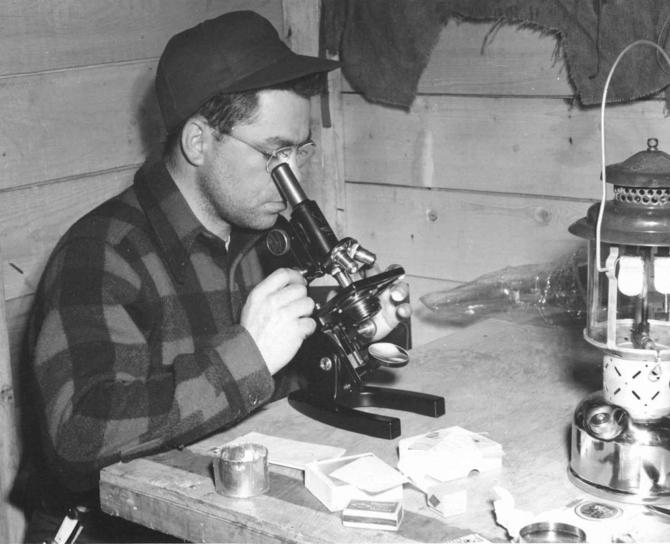 Observe the cause and effect changes of feelings, thoughts and behaviors throughout the day with the least amount of judgement or analysis. Just observe as much as you can tolerate. This is getting to know how we tick.
Observe the cause and effect changes of feelings, thoughts and behaviors throughout the day with the least amount of judgement or analysis. Just observe as much as you can tolerate. This is getting to know how we tick.
For example, when I do “xyz” it makes me happy with no negative consequences, “I feel happy!”.
When I do “abc” it makes me happy for one hour and “I feel terrible for days”.
Or, “I thought if I just keep a care-free positive attitude then I would be happy. That action does not give me the intended consequence.” Keeping a care-free attitude is part of it. But that theory falls apart very easily in relationships with others. “I feel like I am faking happiness. What do I do with this.”
“What is happiness?” The koan again.
It shows me that “genuine” is easier than faking happy. Faking or hiding is exhausting.
Just to be aware of cause and effect is a huge step. We then have something to work with. This awareness can get subtler and subtler.
We need to see where our science works and does not work. That is where new ideas and theories can come into play. These are subtleties in the science of observation.
The tendency for all human beings is to ignore repeated patterns of cause and effect that do not work. In other words, believe in an out-dated science.
The schedules, life style choices or boundaries that we create for ourselves in a day, a week or years eventually get old and begin to wither.
“When I take care of body, mind and spirit, I feel happy, I feel content and appreciative”; cause and effect.
A certain kind of care for oneself and others generally reaps happiness. This logic is obvious and simple.
So, “Why is the simplest of principals so difficult to actually do?”
It is a little mystical how our best intentions get sidetracked.
This is one of the most common threads patients talk about in therapy, the dance of happiness and unhappiness. We need to learn and practice some new dance steps.
The Art of Happiness and Unhappiness 
We are already entering into to an artistic approach when we can entertain the experience of happiness and unhappiness as a dance or co-creation. How could we know happiness without unhappiness? Impossible. Unhappiness wakes us up to “not wanting to be unhappy anymore”. Great motivation. We naturally want to learn a better way.
For example, I am with clients and students daily that experience their unhappiness as a door into a deeper felt happiness and more understanding of how life works. It takes a little practice and patience to appreciate the fact or science, that we open to discomfort and relax into the stress, the art.
As we get older we are able to hold the paradoxical nature of an emotional life better because of these repeated positive/negative experiences.
I asked two of my clients yesterday who have been working diligently with their life; “Has there been progress for you since you have been coming to therapy? and What is progress? They both said the same thing independently. “A greater capacity.” We went on to talk about a greater capacity to see and hold so many paradoxical experiences and situations. This greater capacity(cause) provides the next step(effect) toward a happier situation in life and at worst, a greater acceptance of life.
Technique: The Art. 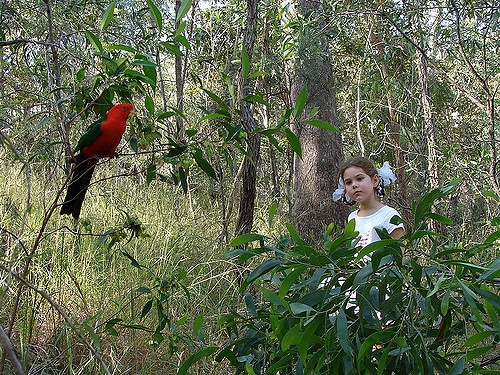
Experience the problem or situation as it is and all the accompanying thoughts, feelings, intuitions, and sensations with an open inquisitiveness or interest. What is this? Relax into it. Bring the mind more and more into the body. The tendency is to go into the head too much.
If it is overwhelming, breathe it in and breathe it out repeatedly. Being with it, without analysis at first, as an artist would study a face before sketching or painting it. Allowing yourself to be moved by the qualities of the problem or situation. Feeling it deeply is difficult. Interestingly, writing about it, painting it, expressing it helps to get the problem into a form instead of just spinning the head.
At this point insights, images of any kind, memories or more feelings may appear. Just as an artist is open to receive impressions, insights or ideas about how to write the next line of a poem, the next chapter of a book or the next dab of color on a painting. These images and feelings provide the next step. And then the next step.
Holding the Science and the Art 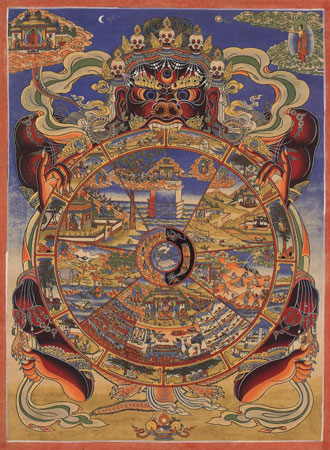
We are now holding the facts of a situation or problem and also the felt sense of these facts.
This is where new ideas come from, whether it is a major change in life or just a little one. We hold the facts with what we feel in our gut and our heart. Through this holding comes new life, new ideas and new attitudes.
Usually, we try to just stay with the facts and figure it out without the feelings, images and memories. But these feelings, images and memories add an unexpected dimension.
Happiness usually comes out of a realization that our unhappiness was based in beliefs that are no longer useful. And the realization that these beliefs about myself and others was all I knew at that time. I had no control over this naiveté or emotional ignorance, at that time.
Now I have hope, because I took a step into seeing and feeling the nature of unhappiness.
Buddhism calls these beliefs “erroneous views” and psychology refers to them as emotional issues or complexes.
Lasting happiness includes unhappy experiences as a clue that points the way to happiness and the next choice in our life.
For example, those on the edge of divorce are right on that edge of happiness and unhappiness. Leaving an unhappy relationship for an unknown happiness or imagined happiness.
The decision to leave someone is rational and imaginal. It takes both. Yes, “I need to leave this relationship. The facts are apparent, the evidence is solid enough. And Where do I want to go? or Where is life taking me?, What do I expect will happen?” “What have I learned about relationships and myself?” This is imaginal, creative. The Art.
Being a psychotherapist and a meditator has shown me that we have a natural longing to be happy, we just need a little guidance to learn the way. It is hidden behind hurt and fear(unhappiness) and “erroneous” beliefs(poor imagination). We just did not learn it. Now we can.
Art is creative, imaginal and emotionally courageous. Art demands a certain state of mind, a certain attitude and refinement of our effort and technique. Whether one is an artist, a parent or a software engineer. We refine our thinking as well as our felt connection with others because we love them or care about their lives in some way.
There is more on this topic in a previous post: Emotional Intelligence Coupled with Thinking
